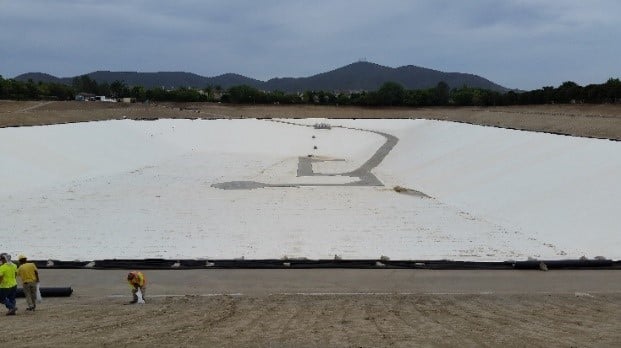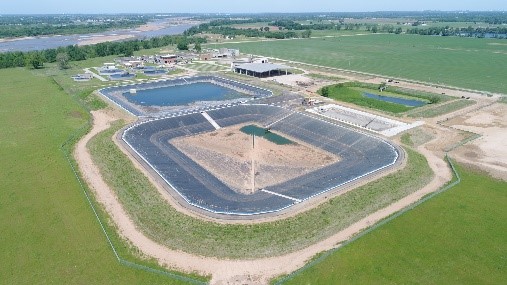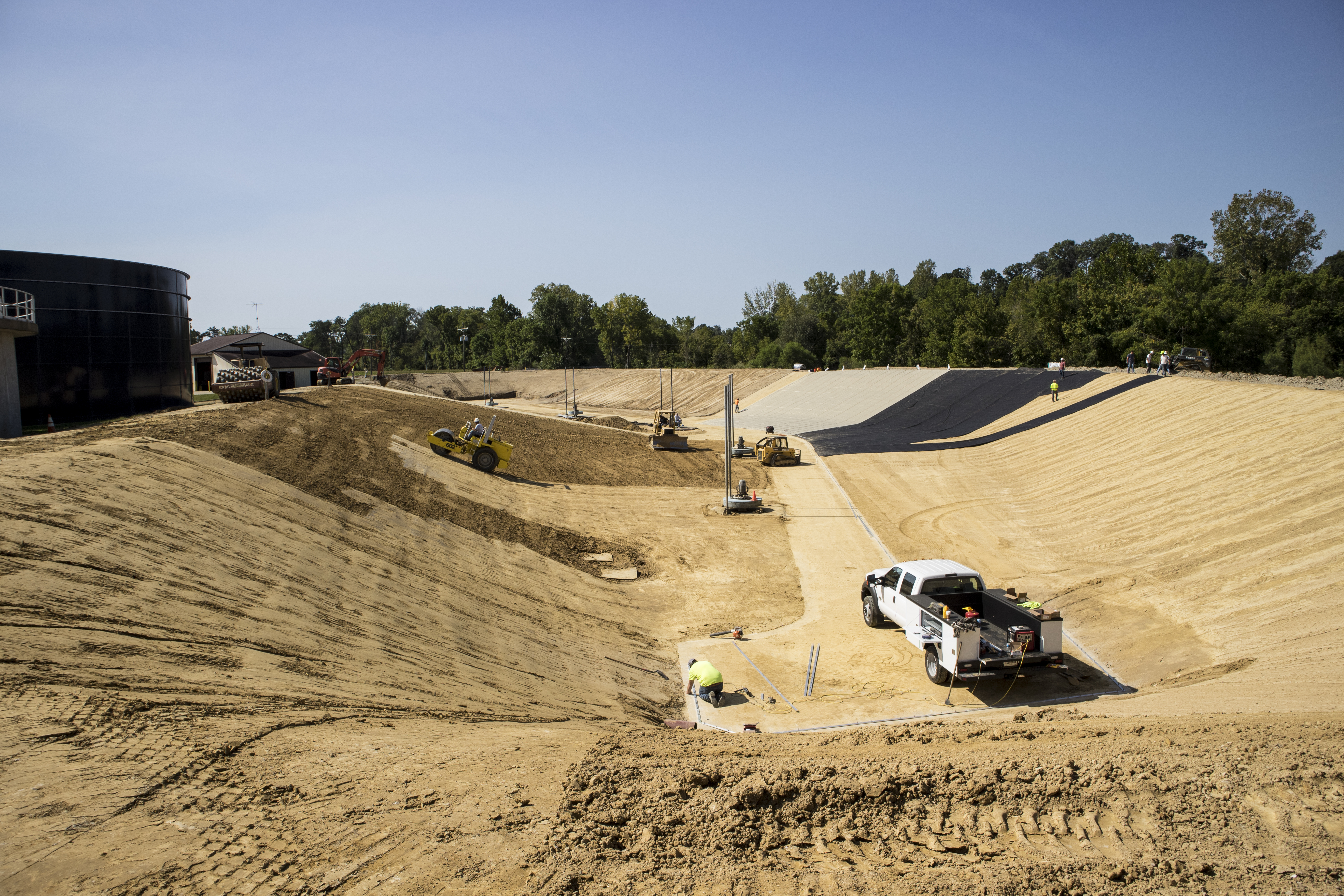The term “weathering” on first glance appears to be straightforward. Most in the geomembrane industry consider it to narrowly describe sunlight or UV resistance only. In fact, testing and property specifications are often only from a sunlight exposure standpoint. But the effects of changing temperatures, precipitation, wind, etc. can be factors of destruction for geomembranes.
Series: Efficient Reclaimed Water Storage Using Geomembranes
Part 2: 4 Key Factors in Selecting Reinforced Ethylene CoPolymer Geomembranes for Reuse Impoundment Applications
Series: Efficient Reclaimed Water Storage Using Geomembranes
Part 1: Water Reuse in the U.S.: Top Opportunities and Challenges
Top 5 Essential Considerations for Selecting the Right Geomembrane for Your Disinfection System
Post 2: How are Geomembranes Used in Disinfection Processes and How to Select the Right One?
Top 5 Essential Considerations for Selecting the Right Geomembrane for Your Disinfection System
Part 1: What are the Most Common Disinfection Methods?
For the most part, all geomembranes have a similar broad function: A fluid barrier. When comparing, the confusion lies in the fact that they are manufactured by different methods and constructed differently, which result in varying properties to accomplish the broad fluid barrier function. Plus, the definition of “fluid barrier” is subjective depending on a host of site, application, fluid composition and regulatory factors. Key geomembrane properties are required to support the overall function.
Wastewater Series: How Geomembranes help to improve Water quality, lower costs and increase efficiencies in wastewater treatment
Part 4 - Geomembrane Applications in Secondary - Tertiary Wastewater Treatment and Residuals Management
Wastewater Series: How Geomembranes help to improve Water quality, lower costs and increase efficiencies in wastewater treatment
Part 3: Geomembrane Applications in Wastewater Collection and Equalization, and Primary Treatment
Wastewater Series: How Geomembranes help to improve water quality, lower costs and increase efficiencies in wastewater treatment
Part 2: Wastewater Treatment Processes

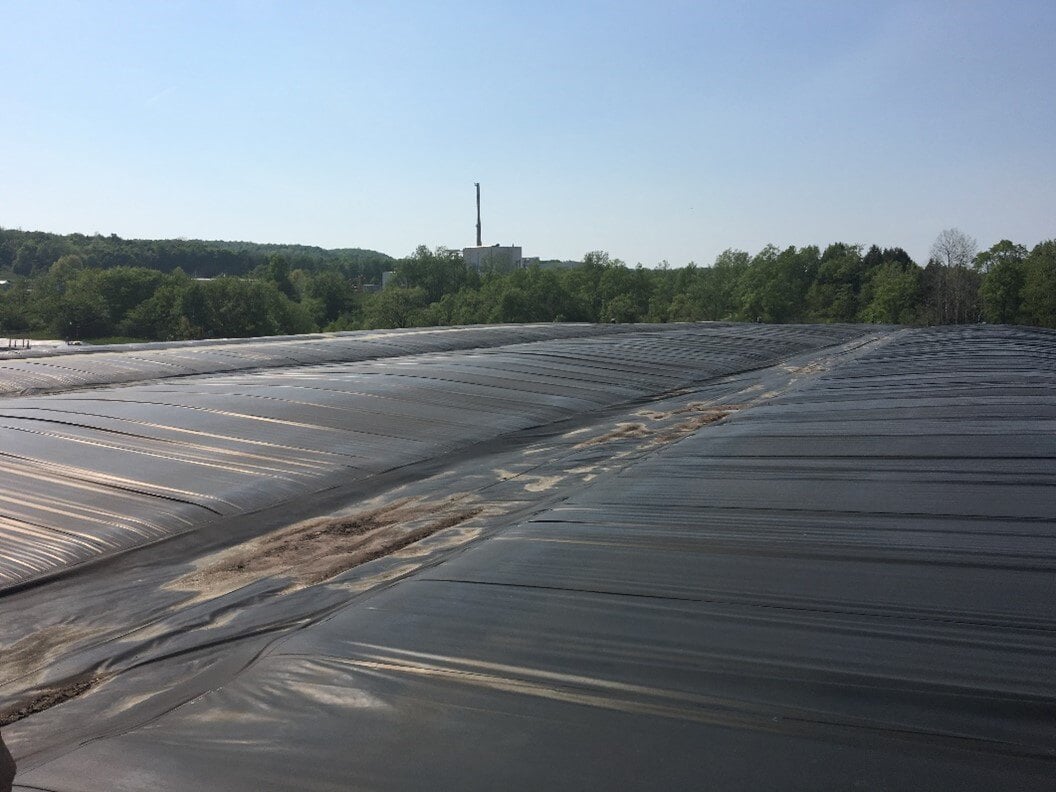
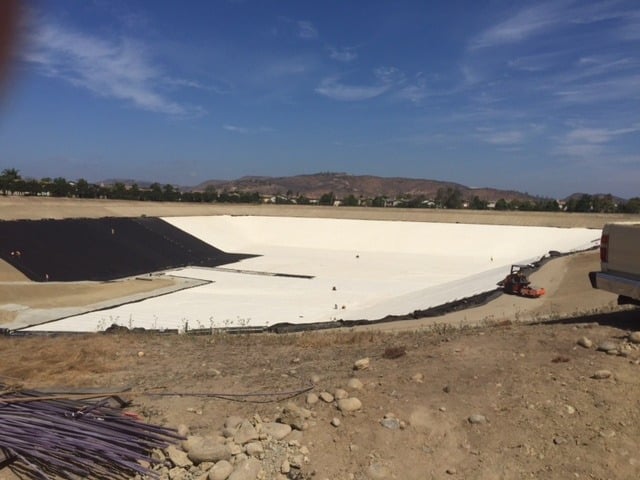

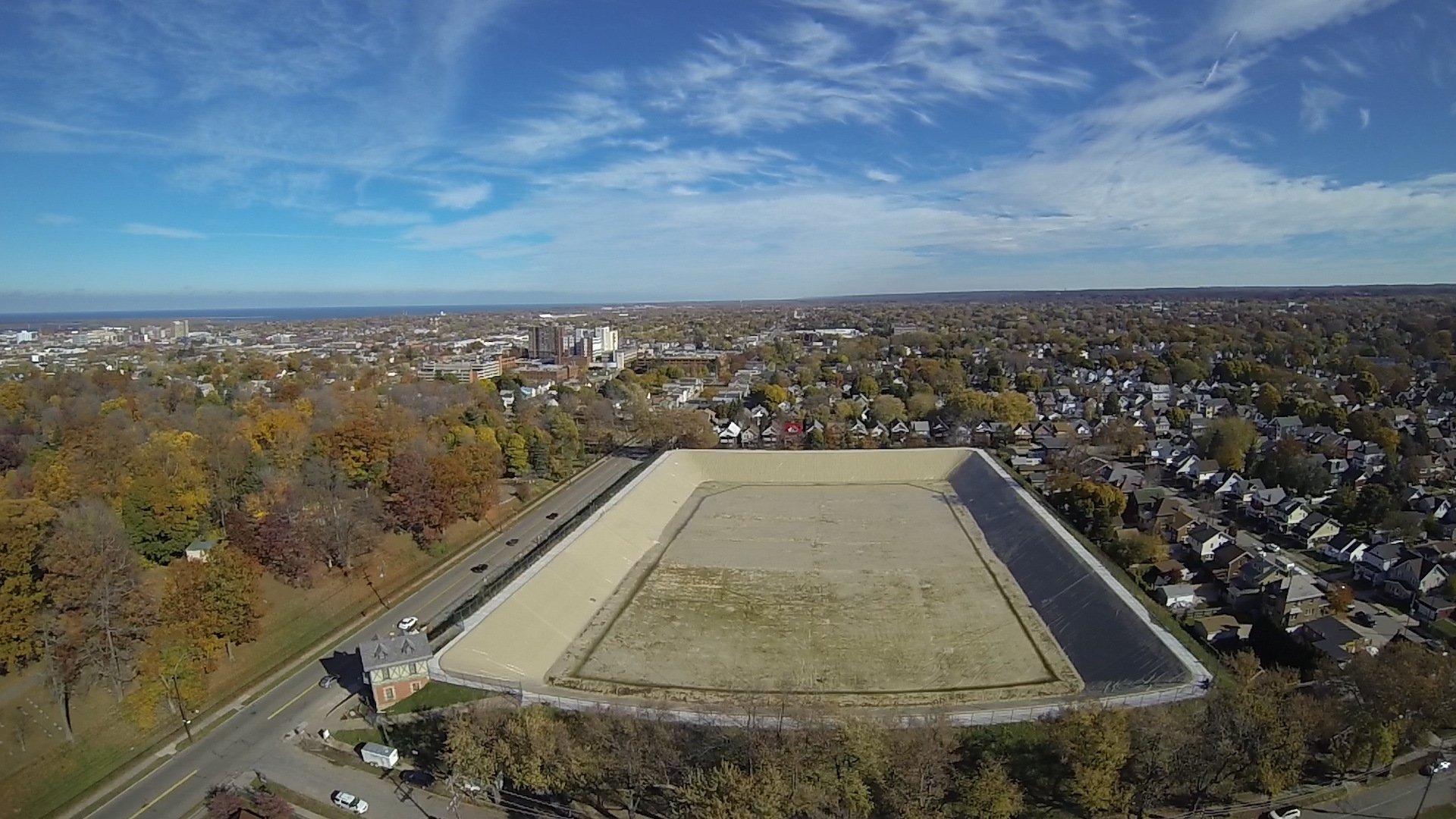
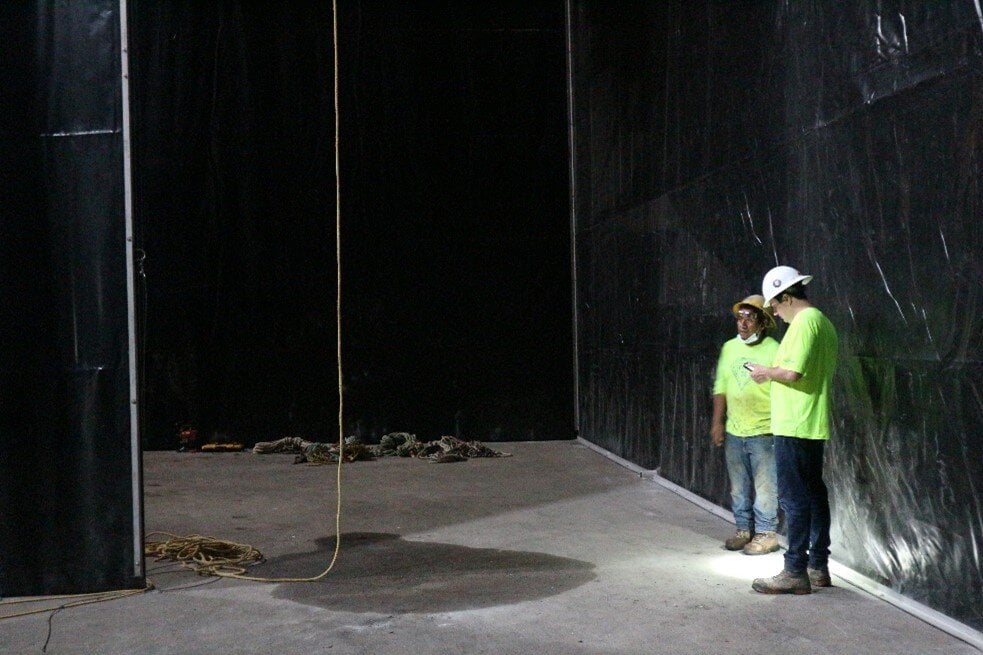
.jpg)
